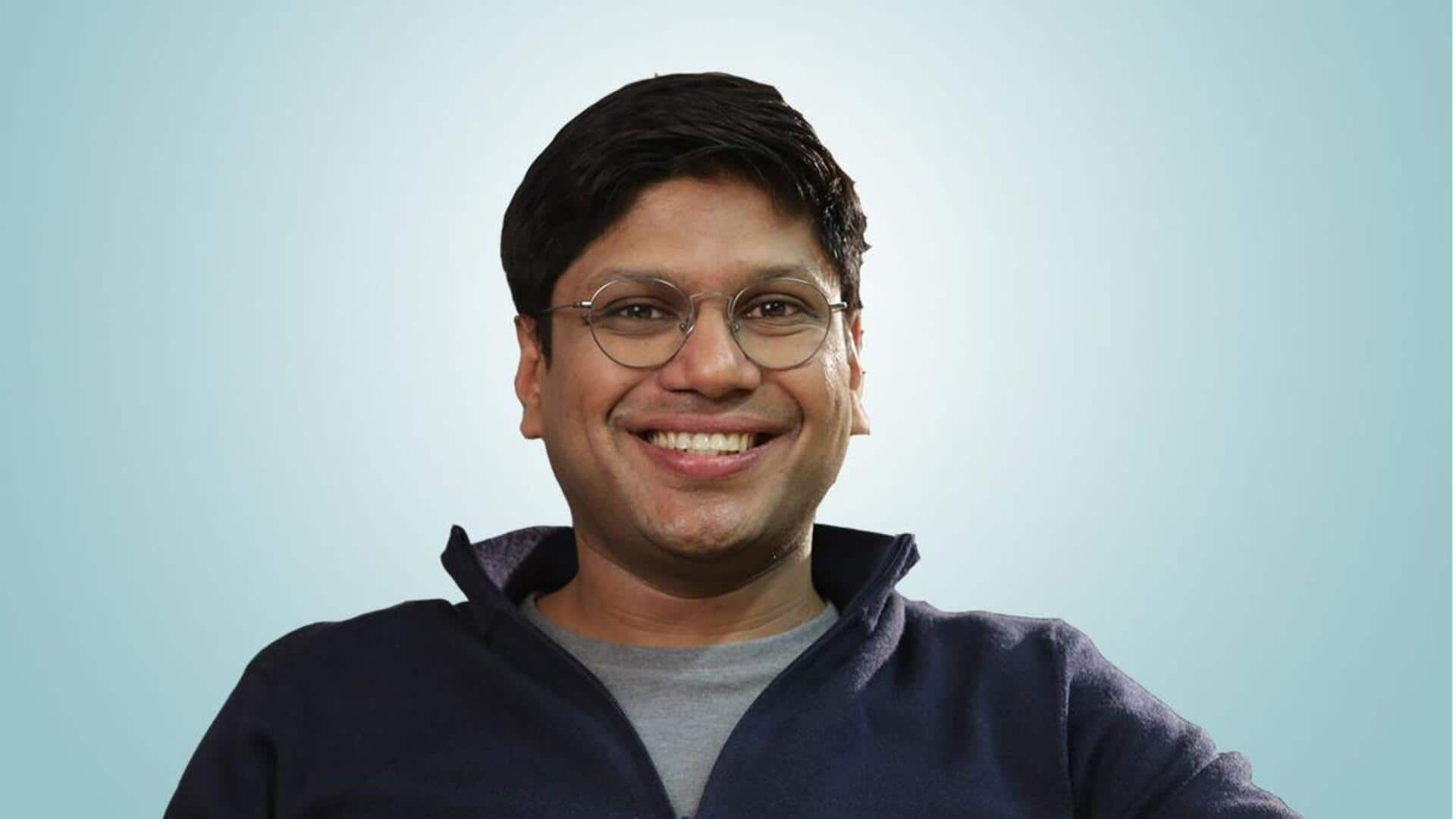
How much will Lenskart founder Peyush Bansal earn from IPO?
What's the story
Peyush Bansal, the founder and CEO of eyewear retailer Lenskart, is set to earn a whopping ₹824 crore from the company's upcoming initial public offering (IPO). The IPO opens on October 31 and will see Bansal offload 2.05 crore shares as part of an offer for sale (OFS). After this transaction, he will retain an 8.78% stake in Lenskart.
Stake details
Massive returns for Bansal
Bansal is selling his shares at the upper price band of ₹402 per share, which will fetch him a total of ₹823.66 crore. His average cost of acquisition was only ₹18.6 per share, giving him a massive return on investment of 2,061%. His sister Neha Bansal, who co-founded the company with him, is also selling around 10.1 lakh shares for an estimated payout of ₹40.62 crore at the upper price band.
Additional sales
Other promoters also selling shares
Apart from the Bansal siblings, other promoters such as Amit Chaudhary and Sumeet Kapahi are also selling shares in the upcoming IPO. They will each offload around 28.7 lakh shares. However, their stakes in the company are relatively small at about 0.8%. Private equity and venture capital funds are also expected to make significant returns from this much-anticipated IPO.
Issue details
Lenskart's IPO estimated at ₹7,278cr
The total issue size for Lenskart's IPO is estimated at around ₹7,278 crore. This includes a fresh issue of ₹2,150 crore and an OFS of up to 12.75 crore shares by promoters and existing investors worth around ₹5,128 crore, at the upper end of the price band. Notable investors such as SoftBank-backed SVF II Lightbulb (Cayman) will also participate in this IPO.
Expansion strategy
Proceeds from fresh issue to be utilized in 5 areas
Lenskart plans to use the proceeds from the ₹2,150 crore fresh issue in five key areas. These include capital expenditure for new company-owned stores across India, lease rentals for these stores, investment in technology and cloud infrastructure, brand marketing, and promotion in India and key overseas markets. The remaining funds will be used for potential inorganic growth opportunities and general corporate purposes over three years.